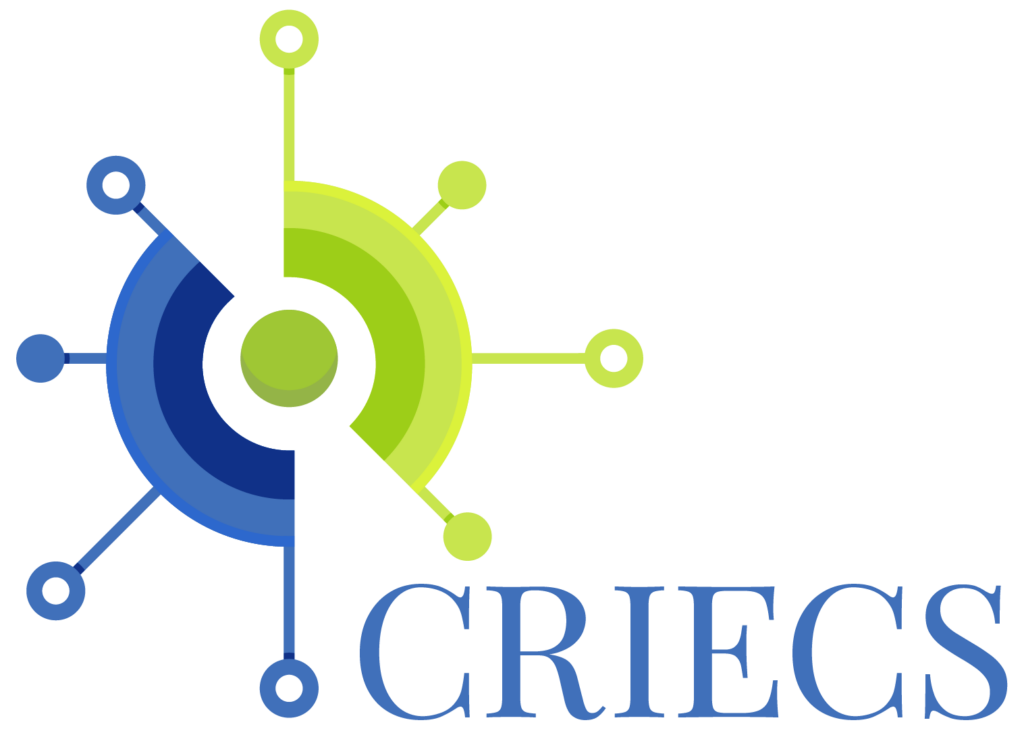The European Commission is launching a new phase of the green transition, shifting the focus from environmental sustainability alone to the continent’s economic security and competitiveness. The strategy, in force during the Von der Leyen II legislature until 2029, aims to reduce dependence on raw material imports and to protect states, businesses, and citizens from potential geopolitical shocks.
A central element of this new direction is circularity, understood as the efficient use of resources and the increase of recycling, which thus becomes a true engine of growth.
Main objectives:
- Increase in the use of recycled raw materials: the current share is 11.8% (Eurostat 2023), with the goal of reaching 24% by 2030.
- Reduction of recycled material costs: the Commission is evaluating fiscal solutions, such as shifting taxation from labor to materials, to encourage the use of recycled resources without penalizing businesses.
- Harmonization of regulations: simplification of national and regional rules on waste and the trade of recycled materials, to ensure high recycling quality standards throughout the EU.
- More efficient waste management: requirement to recycle at least 60% of municipal waste by 2030 and 65% by 2035, while reducing landfill disposal to 10% or less. New obligations also concern the separate collection of textiles.




